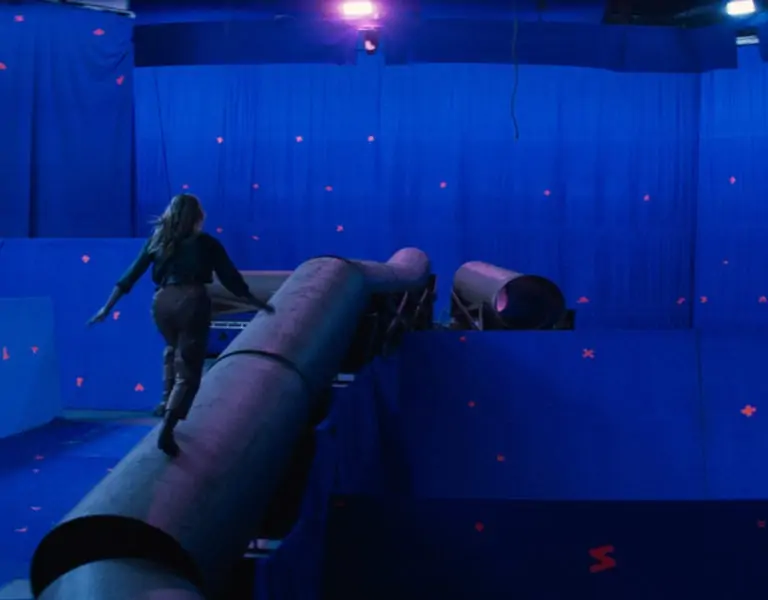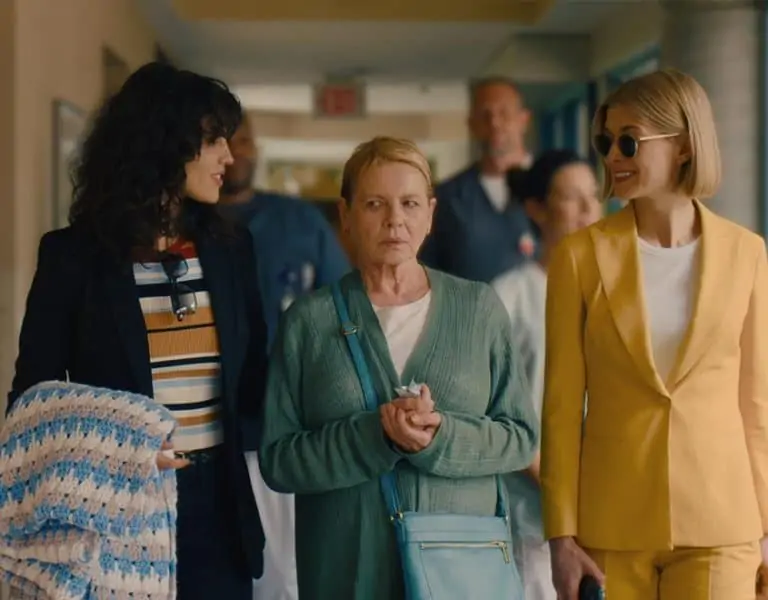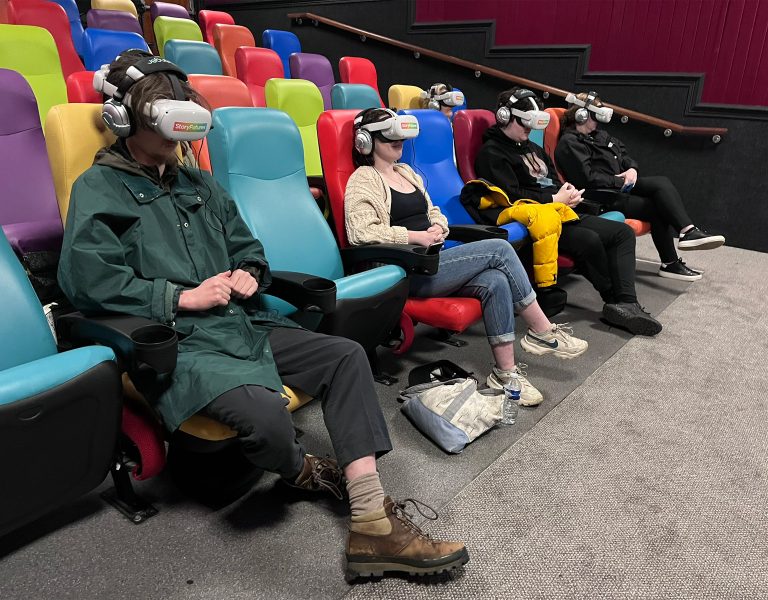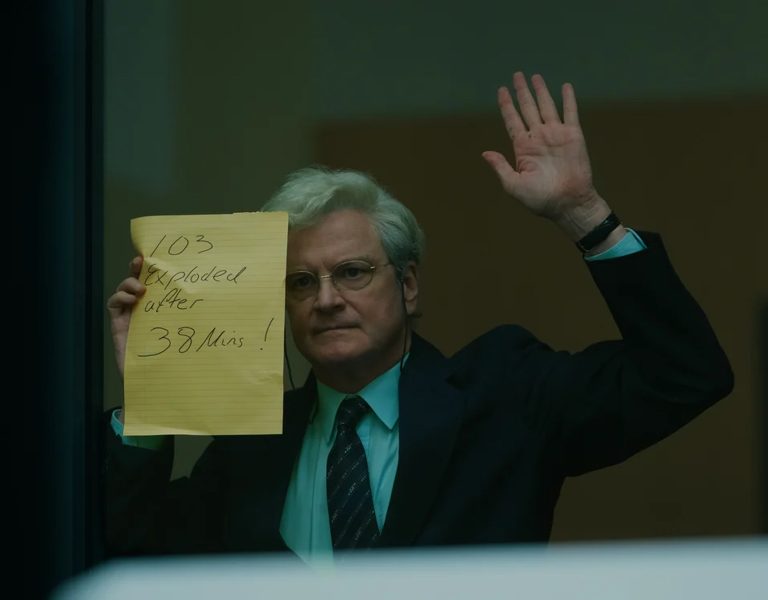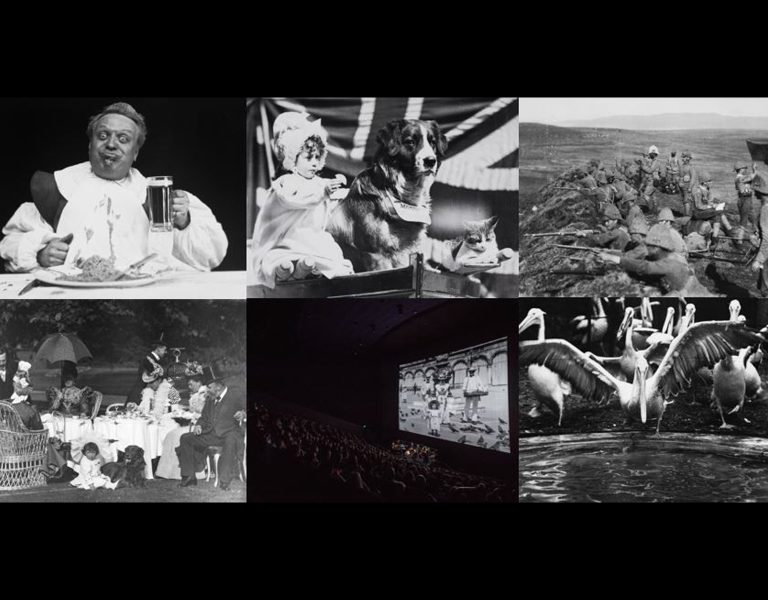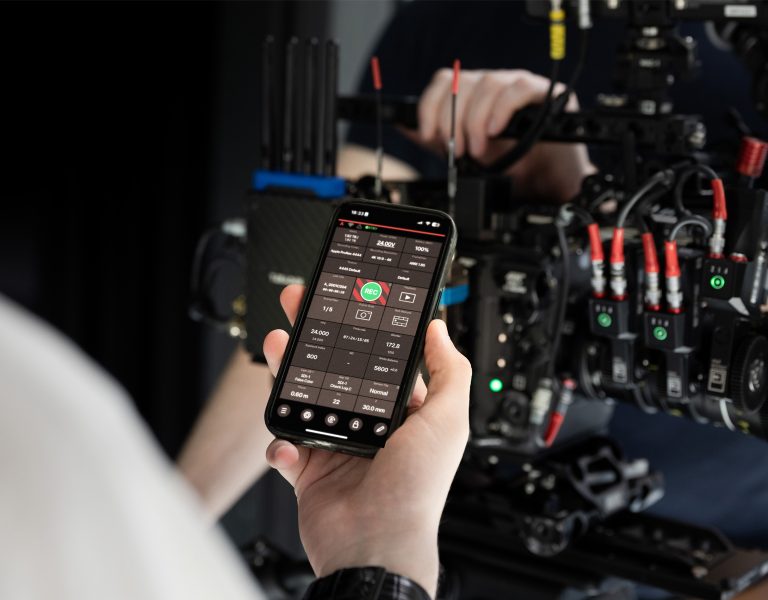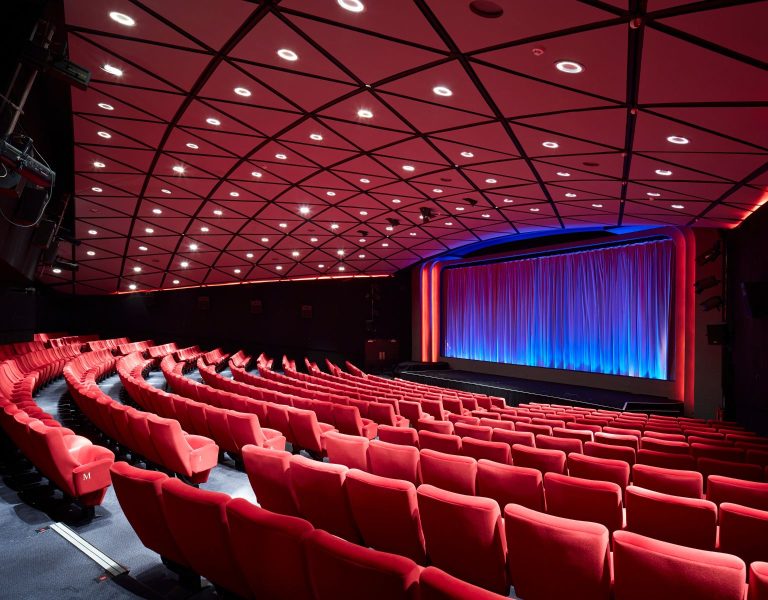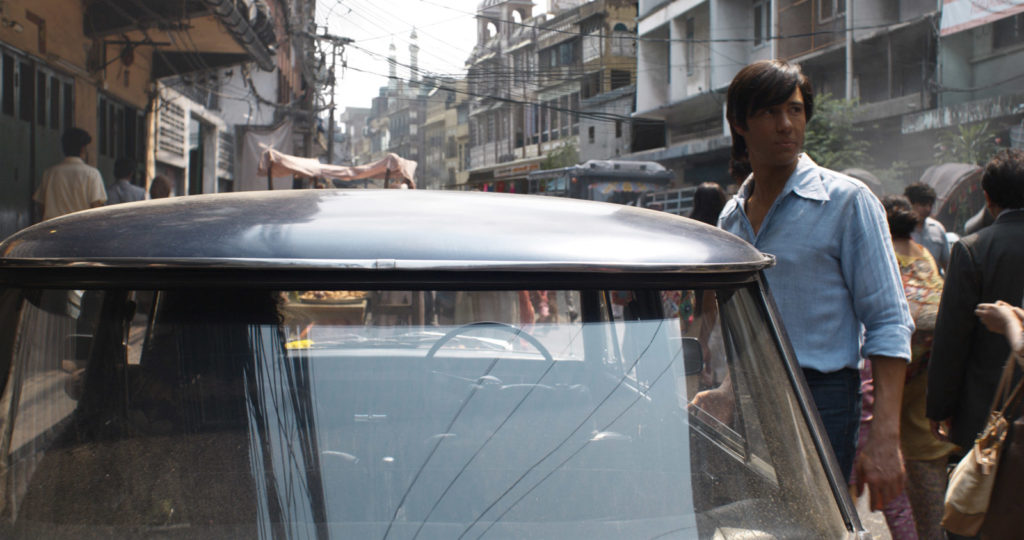
Vine FX delivered 500 shots for The Serpent, BBC One’s new eight-part mini-series. Filmed in Thailand and the UK, The Serpent takes inspiration from real-life events of infamous French fraudster and serial killer Charles Sobhraj (Tahar Rahim).
In a BBC interview, lead director Tom Shankland recalls how camp-fire stories were shared of a Frenchman, rumoured to be at the heart of multiple disappearances of fellow travellers. Meticulous research was conducted in order to remain truthful and respectful to the recent historical past. Writer Richard Warlow scripted the series with Toby Finlay and it was co-directed by Hans Herbots.
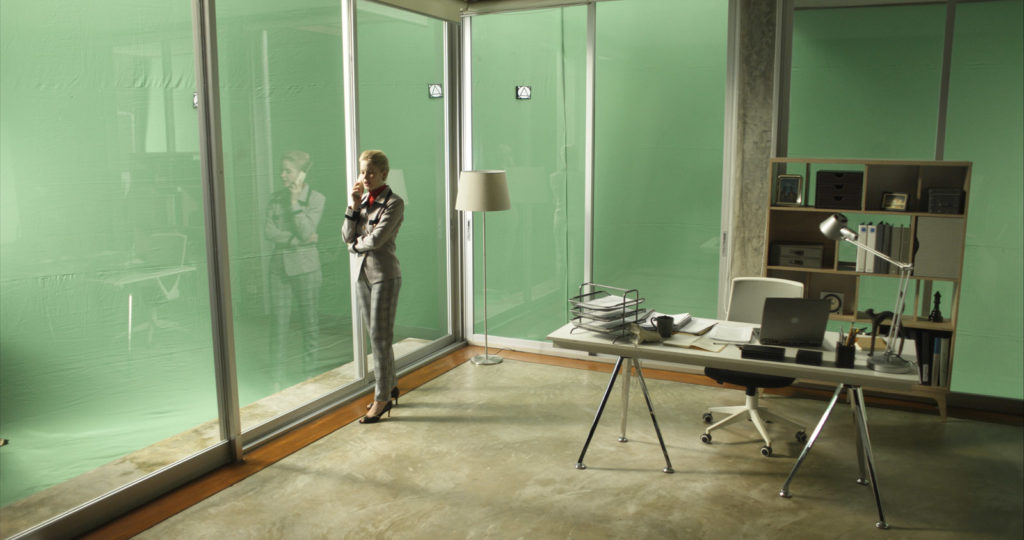
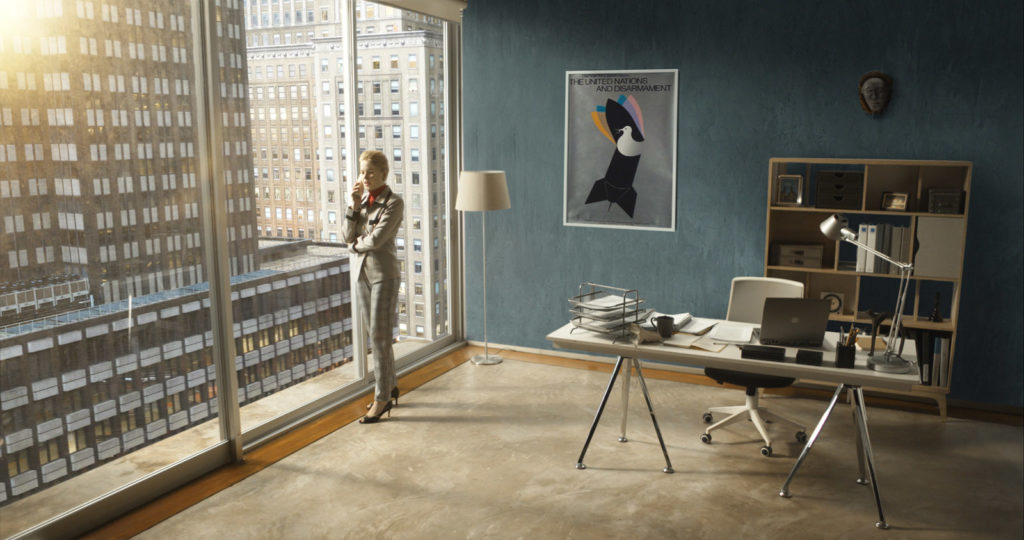
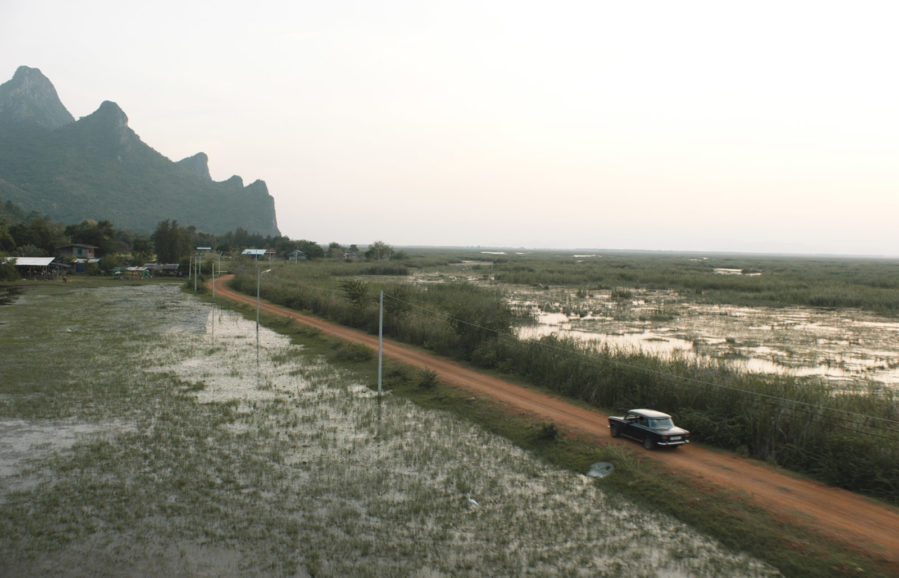
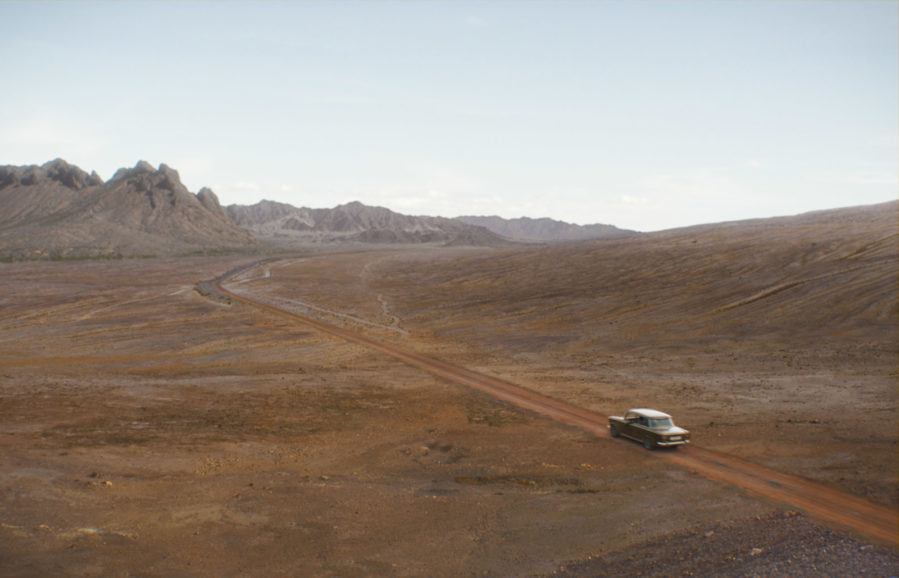
As main vendor, Vine FX was involved in the project, produced by Stephen Smallwood, since early 2019. It’s their second collaboration after completing the critically acclaimed Patrick Melrose. Michael Illingworth, VFX supervisor, expressed his delight at working alongside Stephen, “He has such dedication for the projects that he undertakes and we worked closely with Paul Testar from Mammoth Screen to deliver results that exceeded Stephen’s expectations.”
The pandemic had a direct impact on the international show, with cast and crew retreating from Thailand just eight days before filming was scheduled to end. Alternative UK based locations had to be secured in order to finish the final shots and show VFX supervisor, Michael Illingworth assisted The Serpent team in recces throughout England to find suitable locations. Wrest Park Mansion (English Heritage) and Tring were in turn selected, with final days of filming scheduled, the production was back up and running.
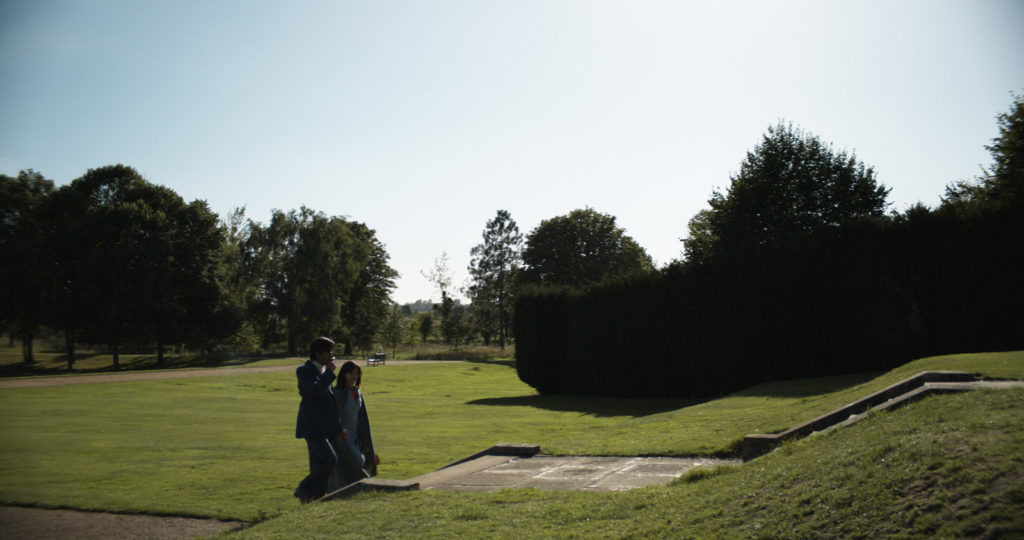
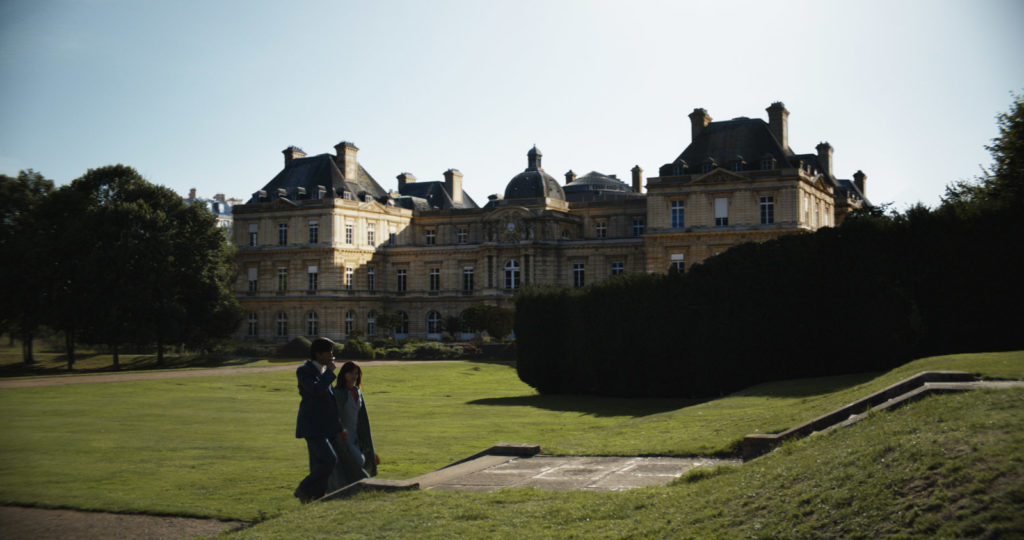
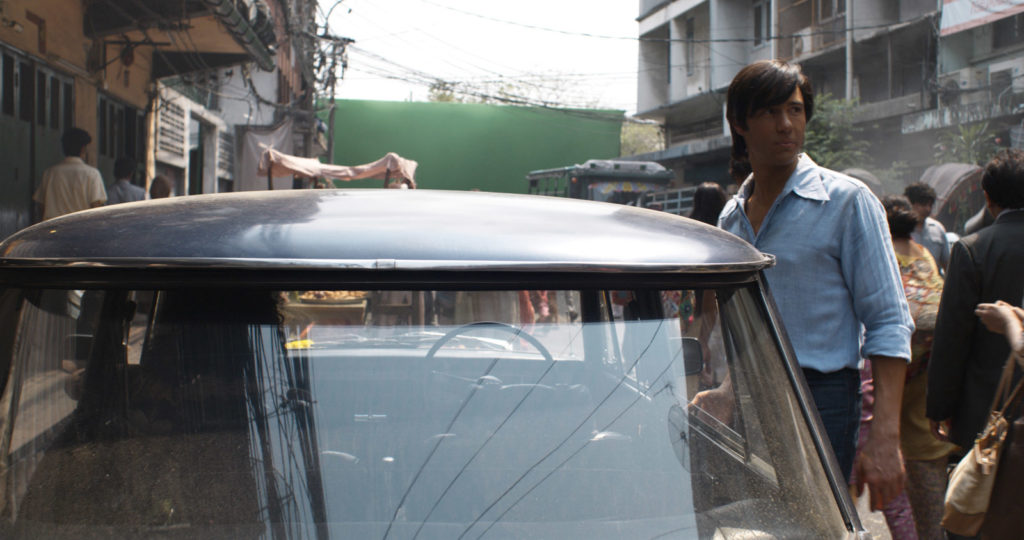

Vine FX were tasked to combine elements with on-set locations as a base to create authentic DMP set extensions – transporting the characters straight into the iconic streets of Paris, Kathmandu, Karachi, vast mountainous landscapes and historical temples. In addition, vehicles with green screen windows were used to authenticate landscapes, signifying the characters journey across borders and the passage of time.
Head of 2D at Vine FX, Ezequiel Villanueva supervised the delivery of this project, “It was a 2D heavy show and our initial workload increased by a third as the scope of filming adapted with Covid19. Historical accuracy was paramount throughout, and there was a particular focus on creating authentic locations and documentation such as the recreation of newspaper headlines to include our characters in real historical events, and the integration of documentary archive footage to the overall storyline”.
A non-linear timeline meant that character ageing needed to appear consistent throughout all shots, as filming was achieved using a mixture of 6K and standard definition cameras, complications had to be overcome when blending the plates to different image resolutions, shots had to blend seamlessly with the fast-paced storyline spanning from the 1970s to early 2000s.
Split flaps were a prominent feature of which development began in early stages. Lead 3D Generalist, Matt McKinney created the split flap asset, “To make the animating text effect we first had to understand the mechanics of how an actual departure board style split flap works. We replicated these internal workings to build our own, fully operational, CG version. We wrote some code to create a special keyboard which we used to enter the multitude of locations and times needed in The Serpent. Our split flap was then set to automatically spin to the correct positions, spelling out the required text – This was important to the client as they wanted the asset to reflect the time period and branding of the series, whilst providing a visual cue for important plot-points.”
The eight-part drama is currently on BBC One and streaming on iPlayer.
Watch the breakdown reel below…


